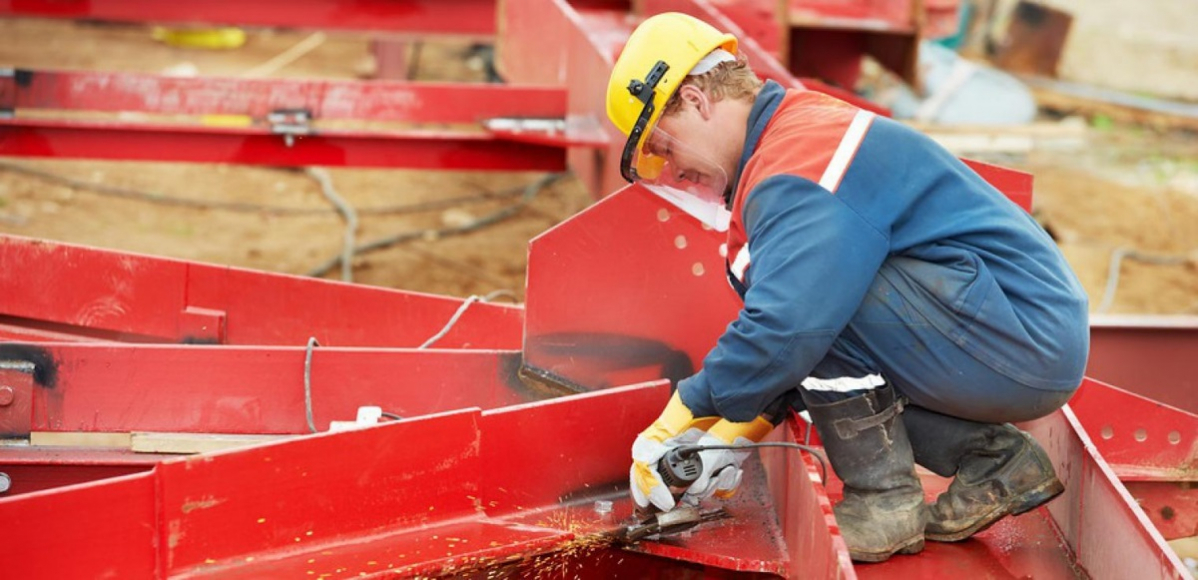Picture this: you walk through a site, completing your intended tasks and observing employee activities. Suddenly, you see one employee completing an activity that puts them at risk for an injury, possibly a serious or fatal injury.
So what do you do? The incident might be outside the scope of your current work, or in a department you haven't interacted with. But you realize you cannot, in good conscience, simply ignore the problem.
This is a tricky dilemma, but if you're faced with a situation like this, take a deep breath and gather your thoughts. Then try to keep in mind these recommendations from some our very own Antea Group health and safety professionals.
1. Think about the hazard.
Before you start, think about what you want to communicate, and how you want to say it. You are trying to inform and motivate, so it’s important that you appear calm and able to concisely describe your concerns.
2. Keep motivations in mind.
Remember that any given worker will be dealing with competing values and motivations throughout the course of their day. These could include the urge to “get the job done,” prompting shortcuts around safety, pressure to meet quotas, or simply a lack of understanding about the hazard. These complex motivations change daily, so don’t assume you know why this situation is happening. Just stick to the facts.
3.Context is key.
Keep in mind what you know about the safety culture of your company as a whole and this specific site in particular. Does local management support a positive health and safety culture? Or is safety compliance just another requirement they reluctantly follow? A more supportive environment may allow for a straightforward explanation, knowing you speak a common language and share similar priorities. A worksite that values production over safety, or one you do not know well, will pose a greater challenge, and require a far more tactful approach.
4. Do not circumvent the chain of command.
Unless the employee is in imminent danger, start the process with the employee’s direct supervisor. It may seem easier to speak directly to the employee, but you risk jeopardizing your message and the true purpose of your visit by appearing to interfere with an employee’s work or jump the chain.
So, find the supervisor, bring them to where the employee is working, and point out the hazard and what should be done to protect the employee. Then let the supervisor deal with it. If the situation is truly life or death, then speaking to the employee first may be warranted. Don’t increase their hazard by yelling--find their closest coworker and ask how best to talk to the endangered employee immediately.
5. Try telling a story.
Pointing out the value of health and safety through an example helps to drive your point home. For example, if your concern revolves around the inappropriate use of a ladder, try relating a true story (if you know one) about a worker who fell from a stepladder and was severely injured. Stories make things personal and the conversation feel more authentic.
6. Remember what you’re trying to achieve.
At the end of the day, people may be annoyed, resent the interruption of their work, or prefer not to hear your feedback. But your goal is more important that what they think of you. You want everyone to go home safe at the end of each day, and if that requires some awkward or tricky conversations, or bruises some egos, so be it.
Taking the step to point out a safety hazard in this kind of situation is stressful. But we became health and safety professionals because we care about people, and we don’t want to see anyone hurt. So have the courage to speak up. Making people mad is far better than reading about an injury or fatality at the workplace, especially while you are onsite. No one wants to live with “If only I’d said something!”
Learn more about Antea Group's Health and Safety services or contact us for more information.
Want more news and insights like this?
Sign up for our monthly e-newsletter, The New Leaf. Our goal is to keep you updated, educated and even a bit entertained as it relates to all things EHS and sustainability.
Get e-NewsletterHave any questions?
Contact us to discuss your environment, health, safety and sustainability needs today.





